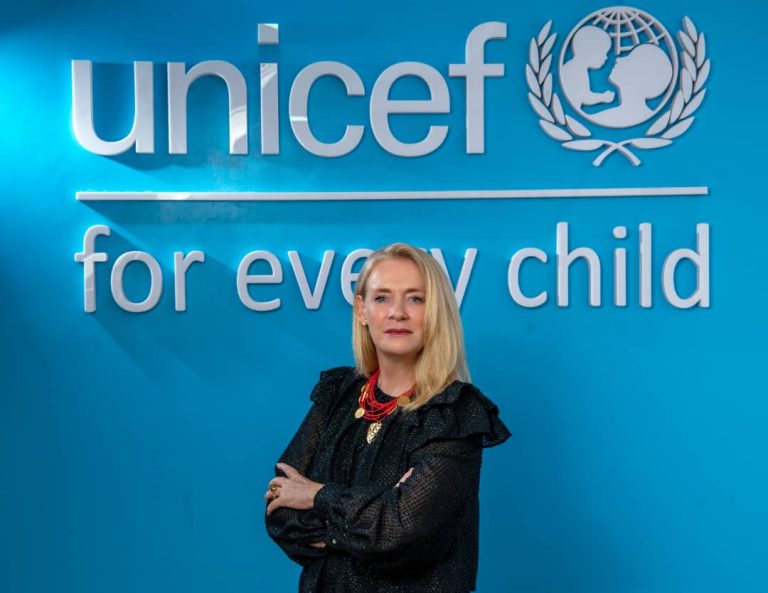The United Nations Children’s Fund (UNICEF) has reiterated the roles of girl child in the attaining of the global goals and objectives.
The Chief of the UNICEF Field Office for South-West, Nigeria ,Celine Lafoucriere stated this in a statement released to celebrate this year’s International Day of the Girl Child on October 11(Friday) with the theme, “Girls’ Vision for the Future”
She explained that stakeholders including the media must be ready to step up the advocacy in giving voices for every girl child and ensuring the protection of their rights.
According to her, girl child are being prevented or stopped from achieving their potentials in the society, noting that being a girl shouldn’t, ” determine what you can do, where you can go, or who you can become.”
The statement reads, “As you well know, October 11 is a key global moment to celebrate girls and amplify their voices, actions, and leadership.
ALSO READ: NAHCON assures Nigerian pilgrims of improved services
“The day also belongs to everyone who cares about girls and taking action to advocate for the full spectrum of girls’ rights.
“This year’s theme ‘Girls’ Vision for the Future” is apt. It reflects the findings from a UNICEF analysis, which shows that girls are not only courageous in the face of challenges but hopeful for the future.
“We see girls taking action every day to realize the vision of a world where all girls are protected, respected, and empowered.
“Why girls’ rights – you may ask? My response is that being a girl shouldn’t determine what you can do, where you can go, or who you can become.
“But right now, that is the reality for millions of girls across the world. Too many are being left behind, confronted by extreme challenges that deny them their rights, restrict their choices, and limit their futures.
“Today, one in five young women aged between 20 and 24 years were married as children.
Nearly one in four partnered/married adolescent girls have experienced sexual or physical abuse.
Globally, 75% of new HIV infections among adolescents occur in girls.
One in three adolescent girls suffer from anemia, which is a form of malnutrition.
Almost double the number of adolescent girls (one in four) compared to boys are not in any form of education, employment, or training.
The good news is that change is possible!
“However, girls alone cannot bring about the desired change. They need allies who listen to and respond to their needs – like you and me. Together, we can build a future in which every girl’s rights are protected.
“Evidence shows that with the right support, resources, and opportunities, the potential of girls around the world is limitless.
“When girls achieve their goals, we all move closer to achieving our global goals.”
NIGERIAN TRIBUNE
